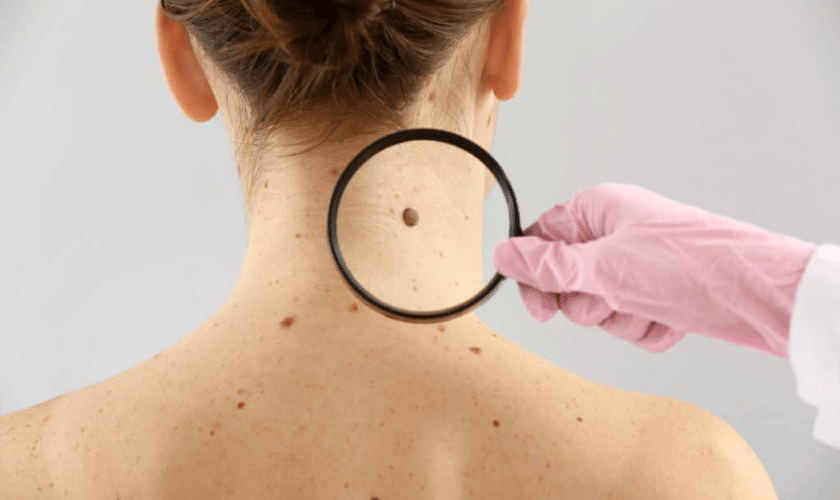Mohs surgery, a highly specialized and precise technique for treating skin cancer, offers hope to individuals facing this diagnosis. As we delve into the eligibility criteria, it becomes apparent that this surgical approach is tailored to meet the unique needs of specific individuals. In this comprehensive guide, we’ll explore who can benefit from Mohs surgery, shedding light on the eligibility criteria and the transformative impact it can have on the lives of those confronting skin cancer.
Understanding Mohs Surgery: A Brief Overview
Precision in Skin Cancer Treatment
Mohs surgery, named after Dr. Adrienne Schupbach, MD Mohs, who pioneered the technique, is an advanced procedure aimed at treating skin cancer with unparalleled precision. Unlike traditional methods, this surgery involves progressively removing thin layers of cancerous tissue and examining each layer under a microscope until no cancer cells remain. This ensures minimal impact on healthy tissue and a higher cure rate.
The Mohs Surgery Process
Understanding the process of the surgery provides insight into its effectiveness and precision.
Layer-by-Layer Removal
- The surgeon removes the visible tumor layer by layer, examining each layer microscopically to check for cancer cells.
- This process continues until no cancer cells are detected in the removed tissue.
Immediate Examination
- The removed tissue is immediately examined on-site, allowing the surgeon to map the extent of the cancer and precisely target affected areas.
- This real-time analysis ensures the complete removal of cancerous cells.
Tissue Preservation
- Healthy tissue is preserved to the greatest extent possible, reducing scarring and promoting optimal cosmetic outcomes.
- This is particularly important for skin cancers in cosmetically sensitive areas.
Closure of the Wound:
- Once the cancer is completely removed, the surgeon determines the best method for wound closure, considering both function and aesthetics.
Eligibility Criteria for Mohs Surgery
Skin Cancer Diagnosis
- The surgery is primarily indicated for non-melanoma skin cancers, specifically basal cell carcinoma and squamous cell carcinoma.
- It may also be considered for certain cases of melanoma, but other treatment options are often explored first.
Cancer Location
- Mohs surgery is highly effective for skin cancers located in areas where tissue preservation is crucial, such as the face, ears, neck, hands, feet, and genital area.
- It is particularly beneficial for cancers in areas with a high risk of recurrence or those with poorly defined borders.
Recurrent or Large Tumors
- It is often recommended for tumors that have recurred after previous treatment or those that are large and have ill-defined borders.
- Its precision is advantageous in ensuring the complete removal of cancerous cells in cases of recurrence.
Aggressive or High-Risk Cancers
- Aggressive forms of skin cancer or high-risk subtypes may warrant Mohs surgery to achieve the highest likelihood of complete removal.
- High-risk features may include rapid growth, invasion of surrounding tissues, or recurrence after initial treatment.
Tumors in Cosmetically Sensitive Areas
- It is particularly suitable for skin cancers in cosmetically sensitive areas, where preserving the natural appearance of the skin is paramount.
- Its precision is valuable in minimizing scarring and maximizing cosmetic outcomes.
Patients with Compromised Immune Systems
- Individuals with compromised immune systems, such as those undergoing organ transplantation or receiving immunosuppressive therapy, may benefit from Mohs surgery.
- These patients may have an increased risk of developing aggressive skin cancers.
Navigating the Decision: Collaborative Care Approach
Patient-Centered Decision-Making: The decision to opt for Mohs surgery is a collaborative effort between the patient and their healthcare team. Factors like the individual’s overall health, preferences, and the specific characteristics of skin cancer play a pivotal role in determining the most suitable treatment approach.
Consultation and Examination: A thorough consultation and examination by a dermatologist or Mohs surgeon are crucial. They assess the characteristics of the skin cancer, its location, and the individual’s health to determine if the surgery aligns with their specific needs and goals.
Post-Surgery Care
After Mohs surgery, careful wound care and monitoring are essential. Depending on the size and location of the surgical site, reconstructive procedures may be necessary to optimize both functional and cosmetic outcomes.
Mohs surgery emerges as a powerful ally in the fight against skin cancer, catering to the unique needs of individuals facing this diagnosis. Its precision, particularly beneficial for certain types and locations of skin cancer, underscores its role in achieving optimal outcomes while prioritizing cosmetic and functional considerations. Collaborative decision-making ensures that individuals actively participate in shaping their treatment journey, fostering a sense of empowerment and confidence as they navigate the path toward skin cancer recovery.

